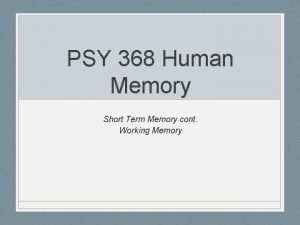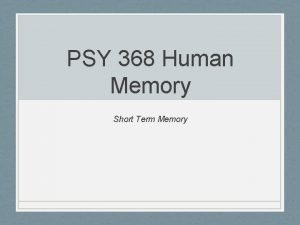DESIGN DEVELOPMENT PROCEDURE Design activity process and professions





- Slides: 5

DESIGN DEVELOPMENT PROCEDURE Design activity, process and professions What is design – and environmental design in particular?

Who are the environmental design professionals – and architects specifically? ARCHITECTURE. What is the design process? .

Architecture and housing Social Housing in South Africa – design guidelines

Urban design a good urban design framework contributes to the overall success of street and open space design, contributes to passive surveillance and sense of ownership, creates a sense of orientation and hierarchies and spatial clarity. The buildings and interiors need to complement the urban design frame work. Other issues particular to social housings are those of quality living in small areas through optimizing space and the design of products and furniture specific for these small areas. This is still unexplored in South Africa to a great extent. Financial sense and market viability by keeping rents affordable while maintaining quality. Adjusting to need makes sense market-wise and in terms of sustainability by keeping a building useful for as long as possible.

Design development procedures STAGE 1 The architect at this stage should discuss with you the requirements of the project. The architect will expect from you information regarding the site and budget and expectations from your side as an institution. The architect should then compile a BRIEF. The architects should advice you on procedures to meet your requirements and the need for the appointment of consultants. STAGE 2 The architect should prepare a concept design in broad outline showing site use, internal space provisions, numbers of units and types of layouts, materials and services. The technical and functional characteristics of the projects should be articulated by the architect, the estimated costs explained and a preliminary project programme developed. A report needs to be complied for the client at this stage. STAGE 3 After the client (Institution) approves the design concept, the architect will then proceed to develop this design to some detail showing the construction of the building, coordination with other consultants and reviewing the design as related to relevant authorities. A report needs to be complied for the client at this stage. STAGE 4 After the approval by the client of the developed design the architect will then proceed to prepare the construction documentation while all the time coordinating this development with the various consultants and should then proceed to obtain approvals from the relevant authorities.









